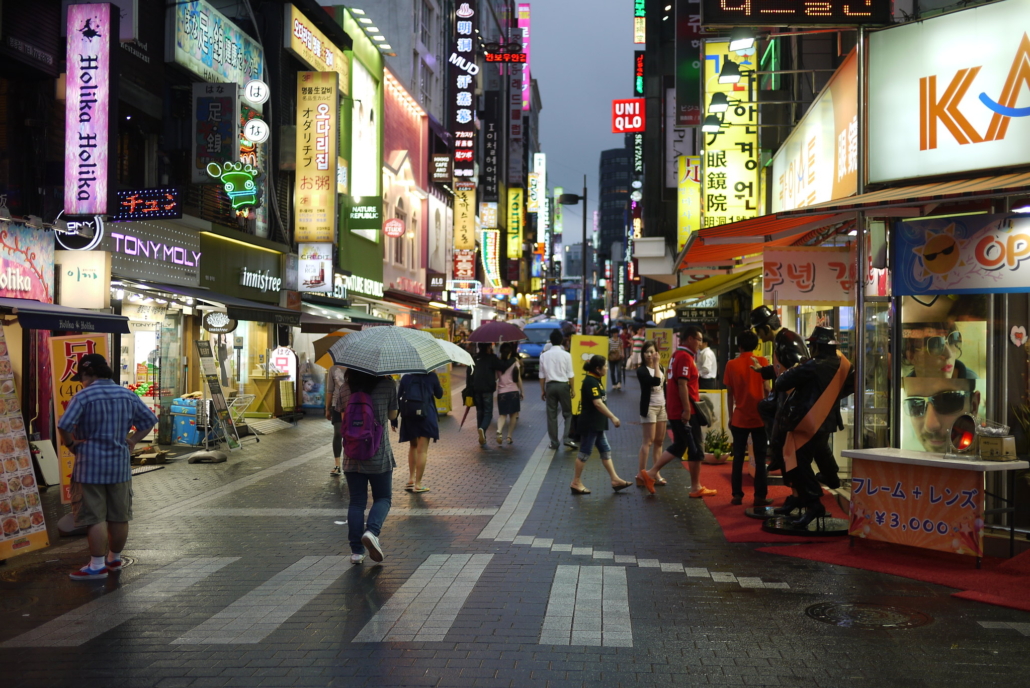
Elderly poverty in Zambia is a growing concern in a country where more than 60% of the population lives below the poverty line. Older Zambians face unique challenges, often compounded by a lack of formal pensions, leaving many reliant on informal family networks or charity. As poverty continues to affect much of the population, elderly individuals are especially vulnerable to economic hardship, with limited resources to meet their basic needs.
The Social Cash Transfer (SCT) Programme, which the Ministry of Community Development and Social Services initiated in 2003, plays a crucial role in supporting vulnerable households, including those headed by elderly individuals. The primary goal of the program is to “reduce extreme poverty” and disrupt the intergenerational cycle of poverty within these households. Through regular cash transfers, recipients report improvements in food security, school attendance for children and overall household stability.
The State of Poverty in Zambia
Poverty in Zambia remains widespread, with rural populations disproportionately affected. According to the World Bank, more than 60% of rural Zambians live in poverty. Subsistence farming is the primary source of livelihood for these households, but unpredictable weather conditions and poor infrastructure make it difficult to sustain their livelihoods. Those living in poverty typically lack access to basic services such as clean water, health care and education, trapping them in a cycle that is hard to break.
Older Zambians, particularly those without family support, face significant challenges. The situation is dire for households headed by older individuals, with 83% of these households living in poverty and 66% classified as extremely poor. These households are often burdened by health issues that make it difficult for older people to work, while also increasing their medical expenses. The country’s current social security system falls short in addressing these needs, with very few older adults having access to pensions due to lifetimes spent working in the informal labor market. As a result, most elderly individuals have no financial safety net. Additionally, “less than 12% of Zambia’s current labor force is covered by any form of social security,” meaning that future generations of older adults are likely to face similar challenges in the absence of substantial reforms.
How the SCT Program Helps
The SCT Program has shown positive results in reducing poverty among Zambia’s elderly population. Recipients report that the cash transfers allow them to purchase essential goods such as food and clothing, as well as household items. This financial support is critical, particularly for the elderly, who often suffer from age-related health conditions or disabilities that prevent them from earning an income. According to a 2022 UNICEF report, elderly people who receive these transfers experience less hunger and improved access to health care services.
However, the program faces ongoing challenges. Many elderly individuals, especially in remote areas, struggle to access the program due to poor infrastructure and a lack of awareness about the services available. Rising inflation and increasing costs of living further strain the cash transfers, making it difficult for recipients to meet all their needs.
Looking Forward
Zambia’s elderly population continues to face significant challenges, but the Social Cash Transfer Program provides a vital lifeline. Expanding the program to reach more of the elderly population, improving infrastructure for better accessibility, and ensuring that payments keep pace with inflation are essential steps toward reducing elderly poverty in Zambia. Addressing the specific needs of older people remains crucial for Zambia’s overall poverty reduction efforts as the nation’s population continues to age.
– Isabel Gallagher
Isabel is based in Dorset, UK and focuses on Celebs and Politics for The Borgen Project.
Photo: Pexels
 In
In 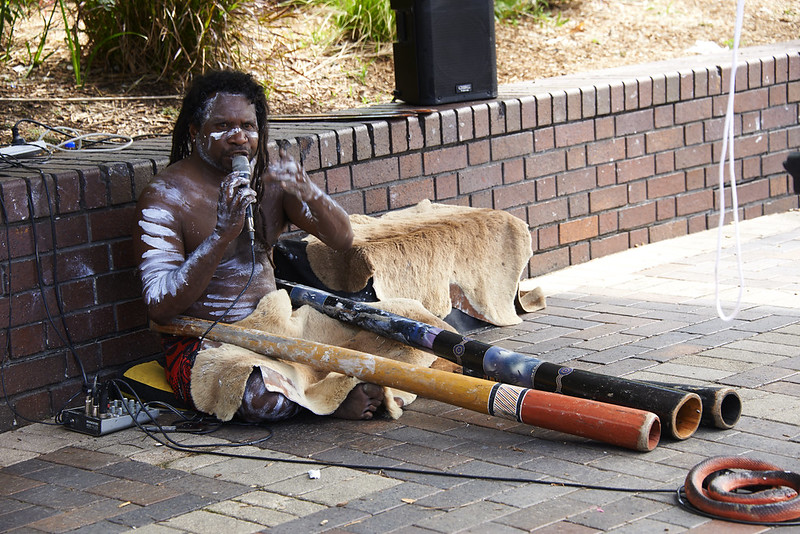 According to the Parliament of Australia, about
According to the Parliament of Australia, about 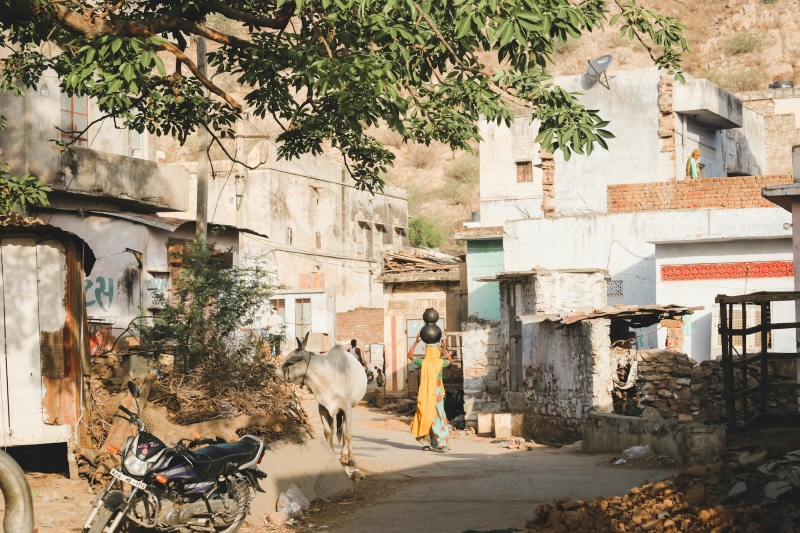 Rajasthan, situated in Northwestern India, is
Rajasthan, situated in Northwestern India, is 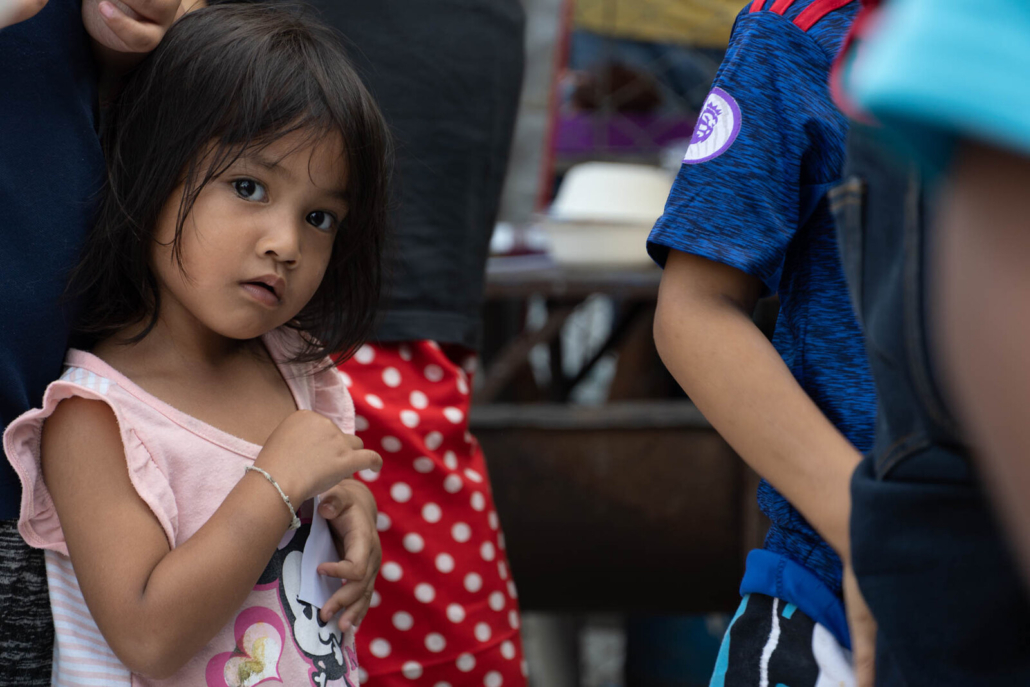 Thailand has
Thailand has
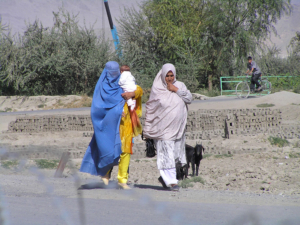
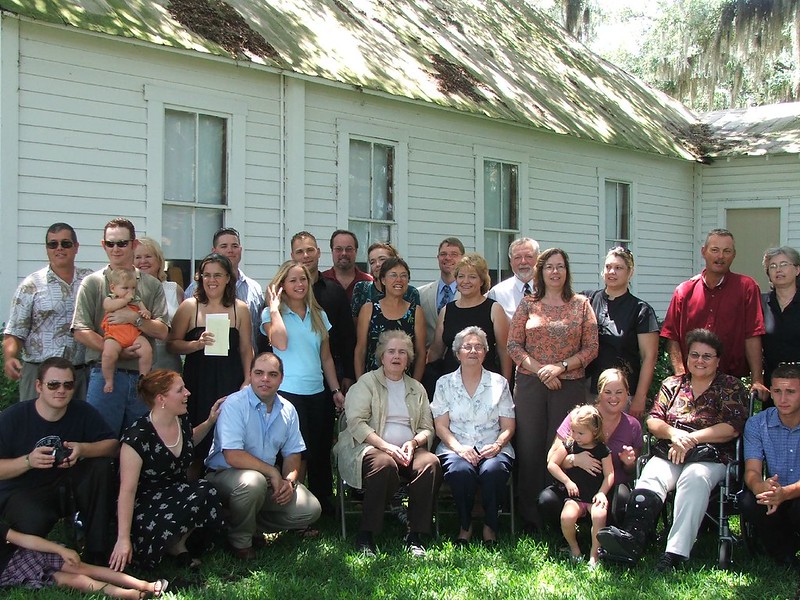 Georgia, straddling Eastern Europe and Western Asia, boasts a rich history and cultural heritage but faces substantial socio-economic challenges. The country
Georgia, straddling Eastern Europe and Western Asia, boasts a rich history and cultural heritage but faces substantial socio-economic challenges. The country 
